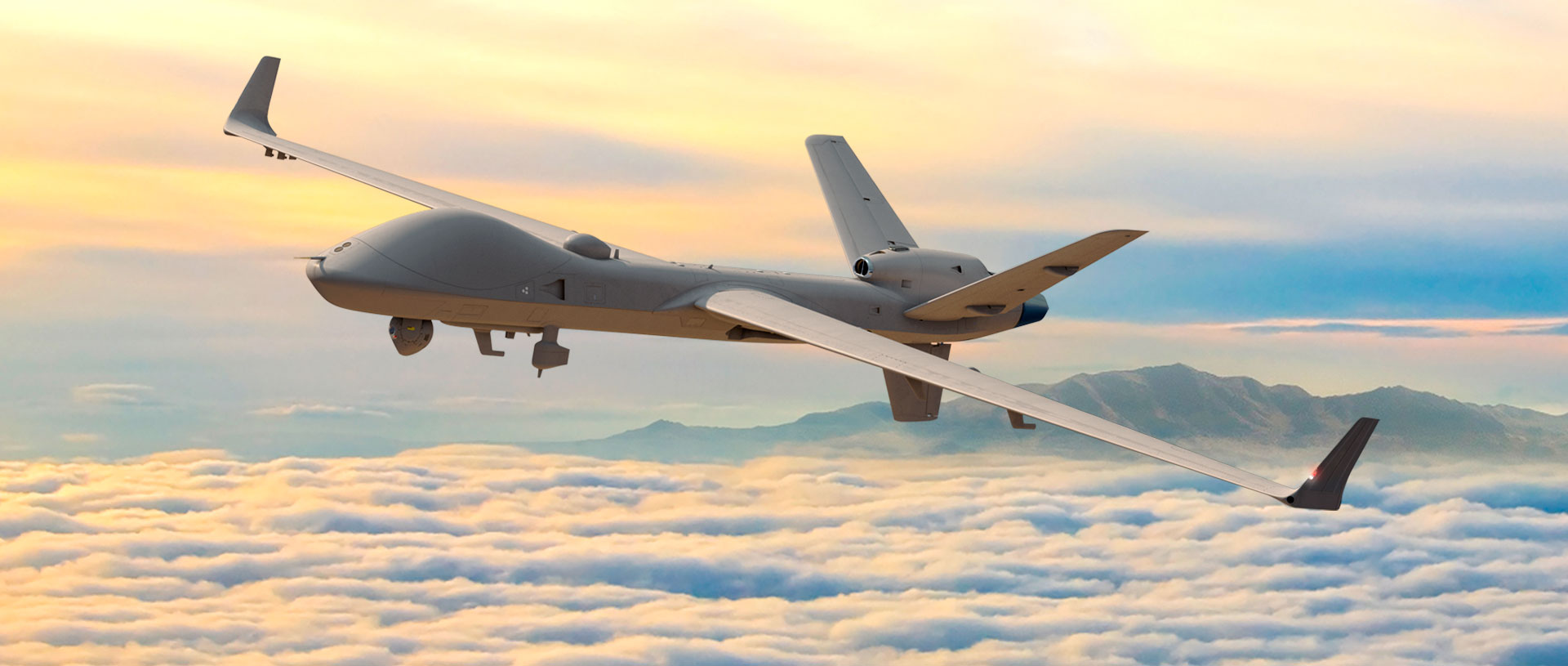On May 21, the Iran-backed Houthi rebels claimed downing another American MQ-9 Reaper drone over Yemen’s southern province of Bayda. This marked the fifth such incident since October 2023, highlighting the vulnerability of the drone in a contested environment.
Houthi military spokesman Yahya Sarea, in a statement broadcast on Houthi-run al-Masirah TV, announced, “The drone was targeted with a locally made surface-to-air missile, and the video showing the operation will be broadcast later.” He further alleged that the drone “was carrying out hostile missions.”
Footage released by the Houthis showed electro-optical imagery of the Reaper drone in the crosshairs of their air defense system, followed by a missile launch in dark conditions. The missile is seen traveling a distance before exploding in a fireball, suggesting a successful hit.
The US military’s Central Command (CENTCOM – the United States Central Command is one of the 11 unified combatant commands of the U.S. Department of Defense)) acknowledged reports of the drone’s downing but declined to comment further.
The latest incident follows closely on the heels of another MQ-9 Reaper drone being downed by the Houthis on May 17 over the province of Marib. Similar footage was released for that incident as well.

Since the onset of the Israel-Hamas war in Gaza in October 2023, five US drones have been shot down by the Houthis, with the first incident occurring in November 2023, followed by subsequent incidents in February, April, and now twice in May.
Reapers, which cost around $30 million each, are advanced drones capable of flying at altitudes of up to 50,000 feet and can remain airborne for up to 24 hours. Their loss signifies a substantial financial and strategic setback for the US military operations in the region.
Since mid-January, CENTCOM forces have been targeting Houthi positions in Yemen. These drones deter attacks on shipping routes in the Red Sea and the Gulf of Aden. The Pentagon has emphasized that these drones are critical for ensuring the safety of commercial mariners and US service members in these vital waterways.
In addition to the five drones shot down by the Houthis since October, US drones have previously been downed by the group in 2019 and 2017.
The US also lost two more MQ-9 Reapers in the past year: one shot down over Iraq in January, and another forced to crash into the Black Sea after a collision with a Russian fighter jet in March 2023.
The repeated loss of high-value drones highlights the persistent and evolving threat from Houthi forces in the region while also revealing the vulnerabilities of these drones in contested environments.
MQ-9s Remain Vulnerable
Since their inception, US-made MQ-9 drones have been recognized as the quintessential representation of advanced intelligence, surveillance, and reconnaissance (ISR) capabilities, serving as a hallmark of technological prowess among unmanned aerial vehicles.
These drones have been pivotal in numerous missions, showcasing their effectiveness and generating significant interest from various countries keen on enhancing their defense capabilities.
One notable instance of international interest is India’s keenness in acquiring this platform. Early this year, the United States approved the sale of 31 MQ-9B armed drones to India, a transaction valued at approximately USD 3.99 billion.
This procurement is seen as a “game-changer”. They will bolster India’s capabilities in meeting current and future threats through enhanced unmanned surveillance and reconnaissance patrols in strategic sea lanes.
The MQ-9B drones will enable India to conduct extensive unmanned surveillance and reconnaissance patrols, particularly in critical sea lanes.

India’s engagement with MQ-9 drones dates back to 2020 when the Indian Navy leased two MQ-9 Sea Guardian High Altitude Long Endurance (HALE) drones. These drones have since played a crucial role in India’s northeastern and Ladakh regions, areas of strategic importance where Indian forces have faced Chinese counterparts.
The effectiveness of the MQ-9B SeaGuardian was further highlighted earlier this year during a 40-hour mission that led to the recapture of the hijacked vessel MV Ruen. This mission also resulted in the capture of 35 pirates and the rescue of 17 hostages, underscoring the operational significance of these drones.
Despite their proven operational value, MQ-9 drones have sparked debate regarding their viability in contested environments. These drones, designed to maximize loitering capabilities while carrying a limited payload, are not intended for evasive maneuvers. This design limitation has raised concerns about their survivability in large-scale combat operations.
An article on the US Military Academy’s Modern War Institute website noted that the MQ-9 Reaper may not be survivable in such environments. Liam Collins, a former defense adviser to Ukraine, wrote, “There is a decision to be made. Should the U.S. military field more survivable UAVs — ones capable of conducting defensive maneuvers — or invest in smaller ones that it does not mind losing?”
The financial aspect was also added to the debate. Indian Air Force Air Marshal (Retd.) Anil Chopra previously noted that the 31 MQ-9 drones offered to India would cost over USD 3 billion, nearly as expensive as F-16 class fighters.
This high cost makes these drones too valuable to lose easily. He emphasized that much less expensive countermeasures could potentially down these drones.
For instance, if a fighter jet were to approach a large drone and release infrared (IR) flares, the metal disks from some dispensing systems could damage the drone’s highly vulnerable propeller or sensors.
Overall, the MQ-9 drones have proven to be valuable assets in intelligence and reconnaissance missions, with significant operational success and international interest. However, their high cost and vulnerability in contested domains present challenges that must be addressed to maximize their effectiveness in future combat scenarios.
- Contact the author at ashishmichel(at)gmail.com
- Follow EurAsian Times on Google News




